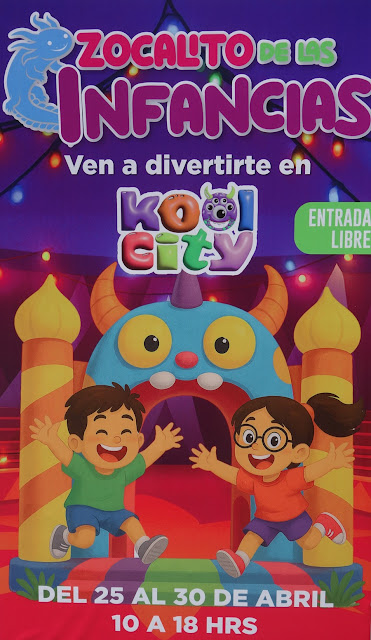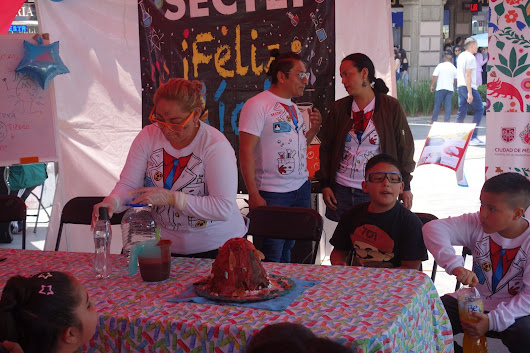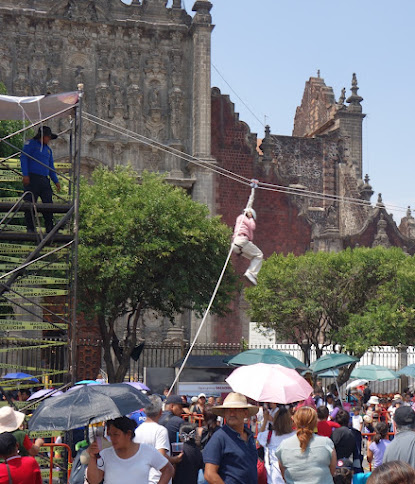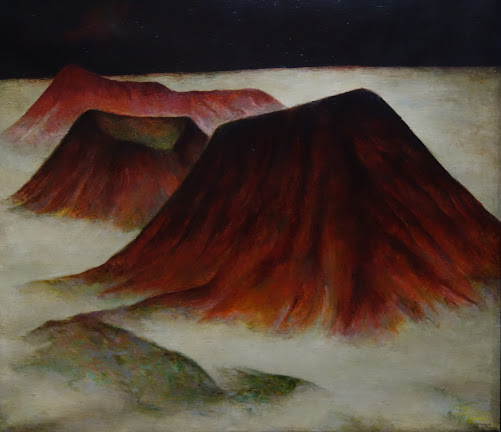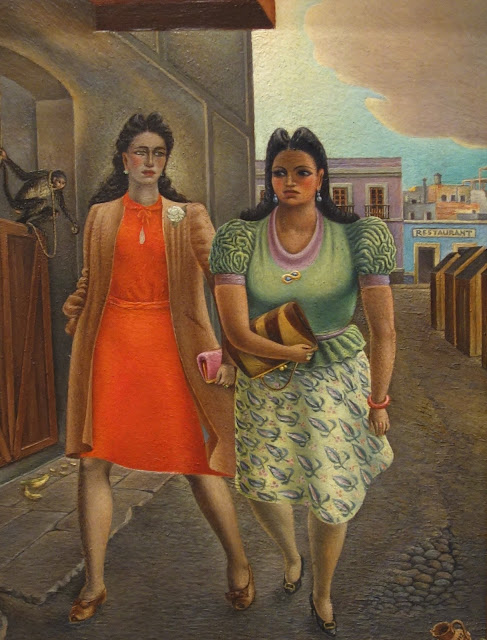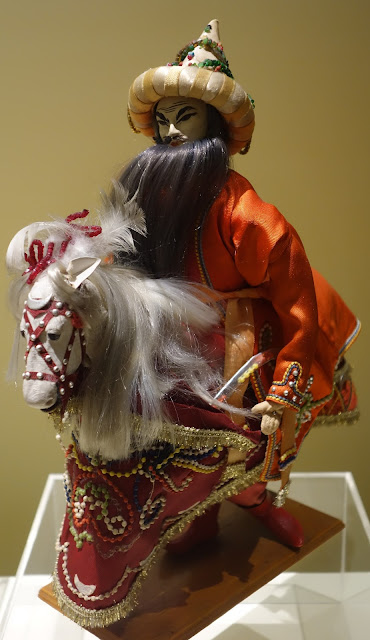After viewing the toy exhibit at the Museum of Cultures of the World, I walked just a few steps down the street to another colonial building.
This structure served as the Palace of the Archbishop of Mexico City. It was first built in 1530, but has been remodeled numerous times. The building as we see it now dates from 1771.In 1867, the "Secretaria de la Hacienda" (The Treasury Department) took over the former palace. In 1994 it was converted into the Art Museum of the Treasury Department. Yes, the Treasury Department has an extensive art collection. Part of it consists of what is called the "Colección Acervo Patrimonial" (Heritage Collection), over ten thousand objects of historic or artistic value that were rescued. The collection includes antiques, documents, furniture, paintings, sculptures, even old office equipment. The other part of their collection is from their "payment in kind" program. Begun in 1957, this program allows artists to pay their taxes by donating pieces of art.
The museum often has special exhibits of contemporary art, but right now they are still celebrating the museum's 30th anniversary with a selection of items from the Heritage Collection and the "Payment in Kind" Program.
What caught my eye from the Heritage Collection was a series of paintings by an artist with whom I was unfamiliar. Antonio Ruiz (known by the nickname of El Corcito... the Little Deer). He is described as an artist who portrayed with "much detail, humor and irony everyday scenes of a traditional Mexico in transition toward modernity". I did a little research on him and read that he was a very slow painter who paid great attention to detail and sometimes only did three or four paintings a year. He also dabbled in surrealism and worked for a time as a set designer in Hollywood. I found his paintings on display here to be very interesting.
"Serenade" 1940
I'm puzzled by the title of this one. "Changuita" literally means "little monkey" (and you will notice that there is a monkey at one side of the painting). According to the dictionary, in Mexico, "changuita" can also mean young servant. Are these two servant girls out and about on their day off?
"The Soprano or the Rooster" 1940 Definitely a bit of surrealism here.
"The Girlfriend of the Milkman" 1940
This one made me laugh. The turkey looks in the mirror and sees himself as a peacock, and paints his self portrait in an abstract style.
I found this artist quite fascinating. I will have to remember the name Antonio Ruiz, and I hope that in my museum visits I will come across more of his art.
In the next post, paintings that served as tax payments...
